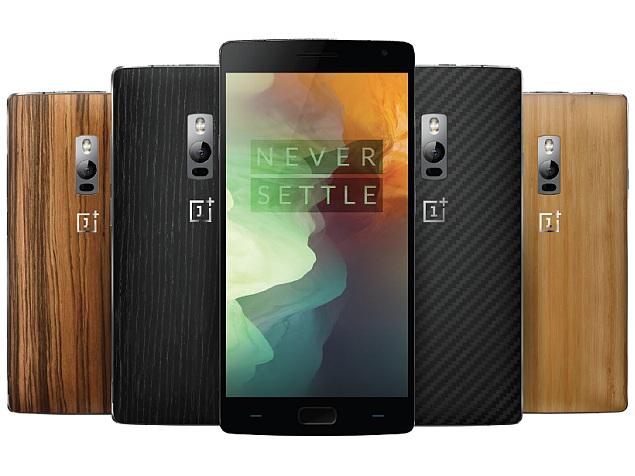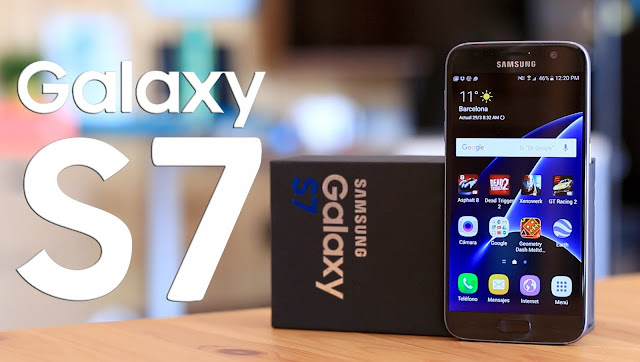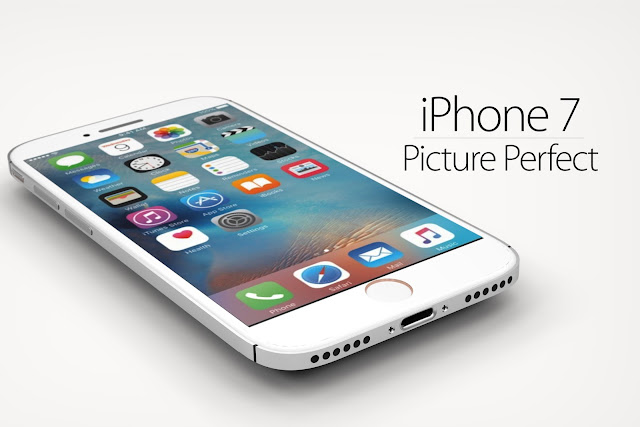LG G5 review
KEY FEATURES
- 5.3-inch IPS QHD screen
- Snapdragon 820 processor & 4GB RAM
- 32GB onboard storage and microSD slot
- 2,800mAh battery
- USB Type-C v3.0 port
- Fingerprint sensor
- 16-megapixel rear camera & 8-megapixel front camera
- Additional 8-megapixel wide-angle rear camera
- LG UX 5.0 on Android Marshmallow
- Manufacturer: LG
- Review Price: £529.00
WHAT IS THE LG G5?
There was lot of hype surrounding LG’s quirky modular G5, but it didn’t last all that long. The visions of this Project Ara like device with a wide selection of add-ons that you switch at will hasn’t really happened, leaving us with a good phone that fails to stand out.
LG also probably didn’t count on other brand’s upping their game. The Samsung Galaxy S7 is fantastic, as is the HTC 10, and there’s even budget offerings like the OnePlus 3.
The lack of interesting modules has really hurt the LG G5, and it’s no longer the only modular phone on the market. Moto has the Moto Z and it’s already got a better selection of add-ons. There’s also the LG V20 coming soon, and it’ll be the first phone to run Android Nougat.
LG G5 – DESIGN AND MODULES
Metal body, removable battery, modular system, rear fingerprint sensor, sloped top, 159g
In pictures the LG G5 looks curvy and sleek, but pick up the smartphone and it feels oddly hollow.
LG played up its switch from the plastic body of the LG G4 to a metal one on the G5. However, in the hand the G5 really doesn’t feel like any other metal phone I’ve come across. the handset has an odd finish that feels much more like plastic than the advertised “microdized” metal. I do like the slightly sloping top, though, but it's the only feature that sets it apart.
The G5's design is very clean too, with only a single volume clicker and SIM-tray present on either side. The volume control suffers from having a very shallow push, but it's usable nonetheless. While LG has ditched the volume keys on the rear, the lock switch remains in the slightly unorthodox position just below the camera sensors.
In my opinion it's far better to have all the buttons in the same spot, be it on the back or sides of a phone. Positioned as they are, I’m forced to move my hands around the G5 more than normal just to reach everything.
The standby switch now also houses a fingerprint scanner – something I consider a must for any 2016 flagship. V10 aside, for which there's been no UK launch, this is the first phone from LG to use a fingerprint scanner.
I'm pleased to report that it does a superb job – it’s fast and accurate. In addition, you don’t even have to press down to unlock the phone; simply glide your digit across and it’ll bypass the lockscreen completely.
As with all back-mounted scanners I’ve tried, it can sometimes go off randomly in my pocket. On more than a few occasions I’d pull it out of my pocket to be met with a message reporting "too many incorrect attempts, fingerprint blocked". But I guess this is a side-effect of it being so sensitive. The scanner itself is also quite small, which might be issue if you have large fingers.
The LG G5’s modular system is its stand-out feature. Now, it isn’t quite at Google Project Ara levels of customisability – so you won’t be switching out the RAM or CPU – but it’s clever and unique nevertheless.
It works like this. Along the side of the handset there sits an almost indistinguishable button set just almost flush to the body. Press this in with the tip of your nail and the bottom chin of the phone will pop out; pull it off and out comes the battery.
The battery comes apart from the bottom unit – which can feel like you’re breaking the device – and then you can attach it to other modules, or "Friends" as LG calls them. At launch, there are two modules available and neither are going to be a draw in themselves to sell the phone.
The camera grip adds a touch more battery, a separate shutter button for both photos and video, and a jog dial for zoom. The second module is a DAC powered by some B&O tech. The DAC gives you 32-bit audio and an extra headphone jack.
LG G5 – SCREEN
5.3-inch, IPS LCD, quad-HD display with always-on mode
LG’s past few flagship devices have benefited from impressive displays.
While they can't be described as perfect, they’ve always adopted new tech and utilised it well. LG was one of the first manufacturers to really bring quad-HD, 2,560 x 1,440 panels to the mainstream, for example, and since the G3 it has gone from strength to strength.
I’m happy to say that the display on the LG G5 is the best yet – even though on the surface it appears that not a whole lot has changed.
LG hasn't made the switch to a 4K display; it remains quad-HD. Although in my opinion this isn't a bad thing – quad-HD is the highest resolution a phone needs to be unless it will be used for VR. The display on the G5 remains a IPS LCD panel too, rather than the AMOLED panels favoured by Samsung and Google.
The biggest change here is that the screen is actually marginally smaller than before – 5.3-inches as opposed to 5.5-inches. But the number of pixels remain the same; they're simply crammed into a smaller surface area.
The display is ridiculously sharp, far more true-to-life and softer than the Galaxy S7 display. This isn't necessarily a positive, though – it’s all down to personal taste, with some preferring accurate colours over vibrancy. Viewing angles are on point.
LG has also improved the brightness of the screen, not that the G4 suffered much in this area. At its highest, it's at 900 nits, but there will be few instances in which it will need to be set so high. Around 50% is right, or you can opt for auto-brightness.
I'm not a fan of auto-brightness on Android devices, and it's no different here. It’s too obvious, results in a stuttering motion and is rarely accurate in its judgements.
The G5 display's black level – an area in which many IPS displays struggle – is solid. While not as deep as those on the Samsung Galaxy S7, blacks on the LG G5 are suitably inky and deep, and mean the display has a great contrast ratio.
Just like the Samsung Galaxy S7, the LG G5 has an "always-on" display mode, so the time and your notifications remain visible even when the phone is locked.
LG’s implementation is much better than that of Samsung in just about every way. It uses less battery, about 12% a day (8am to midnight) as opposed to the Galaxy S7’s 15%. The LG G5’s always-on screen also displays all your notifications, including those from WhatsApp and Gmail. This makes it far more useful than the S7, which pushes alerts from only a limited selection of apps.
The display on the G5 is less customisable, however, and since it isn’t AMOLED, it lights up every pixel rather than just the clock. This means it’s far more noticeable, and more distracting, in low light.
LG G5 – SOFTWARE
Android Marshmallow, LG UX 5.0
The software on the LG G5 is a little hit and a miss. It includes the latest version of Android – that’s 6.0.1 – with all the fantastic tweaks and additions that Google added towards the end of last year. However, like the majority of Android phones, it’s been heavily skinned.
LG’s UX 5.0 is nowhere near as sleek as vanilla Android. It doesn’t even match Samsung’s TouchWiz for overall style, and is way behind the HTC 10. Although, being fair to LG, it’s still slimmer and less in your face than it was previously.
LG G5 – PERFORMANCE
Snapdragon 820, 4GB RAM, Adreno 530, 32GB internal storage
The internals at play here will be familiar to anyone who's seen a flagship phone this year. A Qualcomm Snapdragon 820 is backed up by 4GB RAM, an Adreno 530 GPU and a single storage option – 32GB. That’s pretty much the same as US versions of the Samsung Galaxy S7 and HTC 10 handsets.
What do all these high-powered internals give you? A super-fast phone – obviously.
Browsing, scrolling through menus, opening up apps, and all the other things you do all-day, everyday on your phone are mostly smooth and lag-free. However, since general performance is so decent, it makes those moments when things don’t quite go to plan even more jarring. This is rare, but there has been a couple of instances when the phone grinds to halt.
Most of the time, though, the G5 performs brilliantly. Games run as intended, whether it’s an intensive title such as Hitman: Sniper or something far simpler, and there’s no stuttering when streaming 1440p video on YouTube.
In our usual array of benchmarking tests, the LG G5 performs admirably. Its picks up a score of 5,241 in the Geekbench 3 multi-core test and 2,255 in the single-core version. This puts it behind the Samsung Galaxy S7 (6,307) but ahead of the HTC 10 (5,065). It’s much the same in Antutu, where the G5 scores 126,842 and the Galaxy S7 picks up 129,468.
Benchmarks aside, there isn’t currently anything you can really do with Android that pushes these high-end components to their fullest. It’s all about future-proofing them really.
32GB seems to be the sweet-spot for Android phones right now. Especially since most of them now make microSD expansion standard. There’s no 64GB option available for the G5, but expandable storage makes this less of an issue.
Be warned, though: the LG G5 doesn’t feature adoptable storage, which is disappointing. Adoptable storage is a useful feature Google debuted on Android Marshmallow. It enables phones to treat SD cards as internal memory – meaning that, if you shell out for a decent one, you shouldn’t suffer the performance issues associated with microSD cards.
LG G5 – CAMERA
16-megapixel rear with secondary, wide-angle sensor; 8-megapixel front
LG is adept at producing smartphone cameras. In 2015, the company treated us to, arguably, two of the best camera-phones on the market with the G4 and V10 handsets – and the way things are going, LG is set to do the same in 2016.
It will be the modular system of the G5 that will earn it many plaudits. For me, however, it's the second, wide-angle camera sensor – which sits next to the regular 16-megapixel sensor – that's the star.
This lets you capture GoPro-esque footage with a 135-degree field of view, which is in fact more than the human eye can actually see. Most phones tend to have a 75-degree view.
It’s an 8-megapixel sensor, so the results aren’t quite as sharp as the main camera, but the pictures it produces are genuinely different and, well, cool. It’s great for landscape shots, although I’d avoid using it for close-ups.
The main 16-megapixel, 16:9 camera is far more by-the-book, but it’s excellent nonetheless. Colours are natural, the laser-auto focus system is spot on, and each shot is packed with details. I generally prefer 16:9 photos, too, since they let you cram in far more of the background. It is possible to switch to 4:3 if you prefer, though.
Intricate detailing in walls, licks of paint on a picture and wool strands from a carpet are all picked out perfectly.
LG G5 – BATTERY LIFE
2,800mAh (removable), Qualcomm Quick Charge 3.0, USB Type-C
The battery life on the LG G5 is good. Not phablet good, but it managed to easily last the day with about 10% remaining when I plugged it in before bed.
The 2,800mAh battery isn't the biggest on the market; it’s beaten by the Galaxy S7 and the HTC 10, which both boast 3,000mAh units. It is removable, however, so you could throw a spare into your bag to double your running time.
Over the course of a week I managed about three hours screen-on time per day, which is about the same as the HTC 10. Sixty minutes of streaming Spotify takes about 4-5%, while watching an hour-long HD TV episode on either Netflix or BBC iPlayer with auto-brightness enabled chews through 8-10%.










Comments
Post a Comment